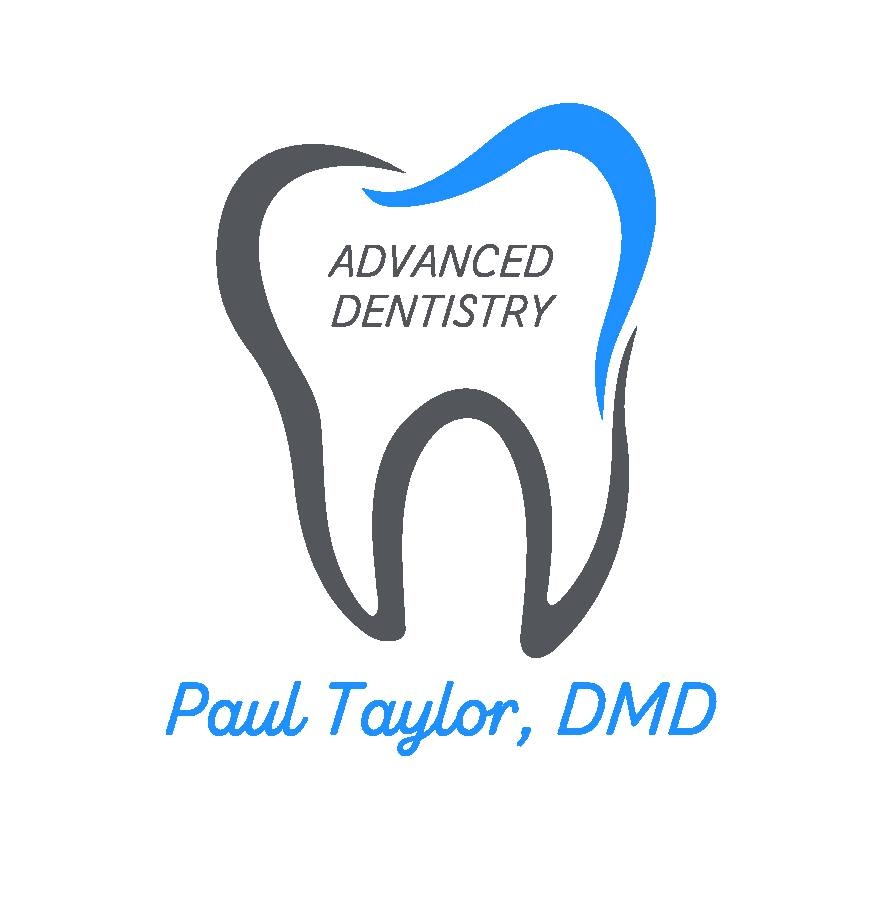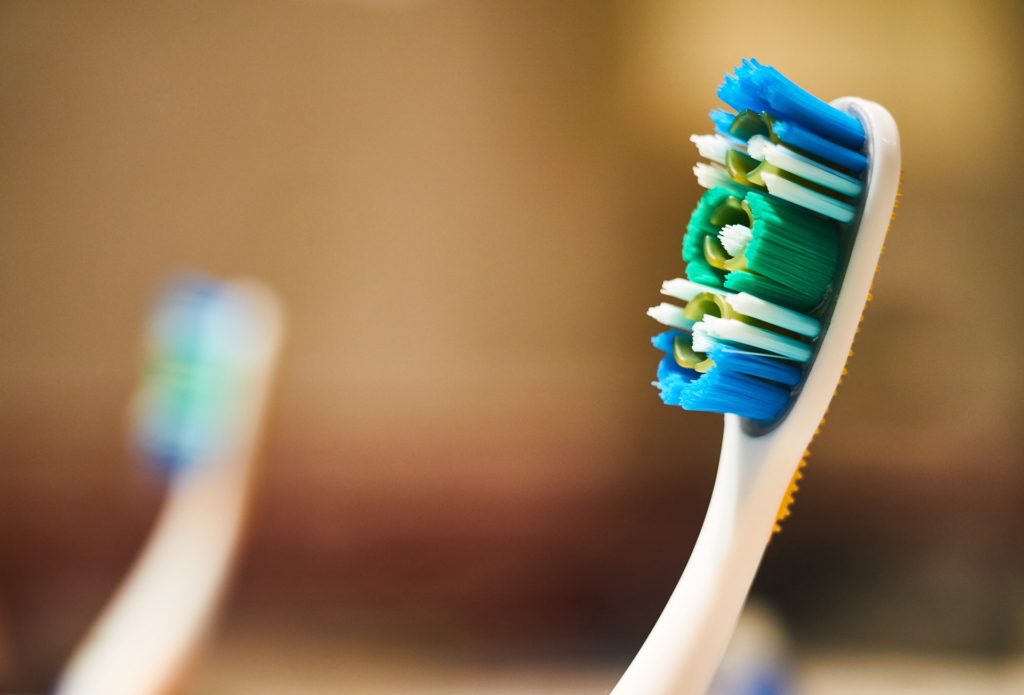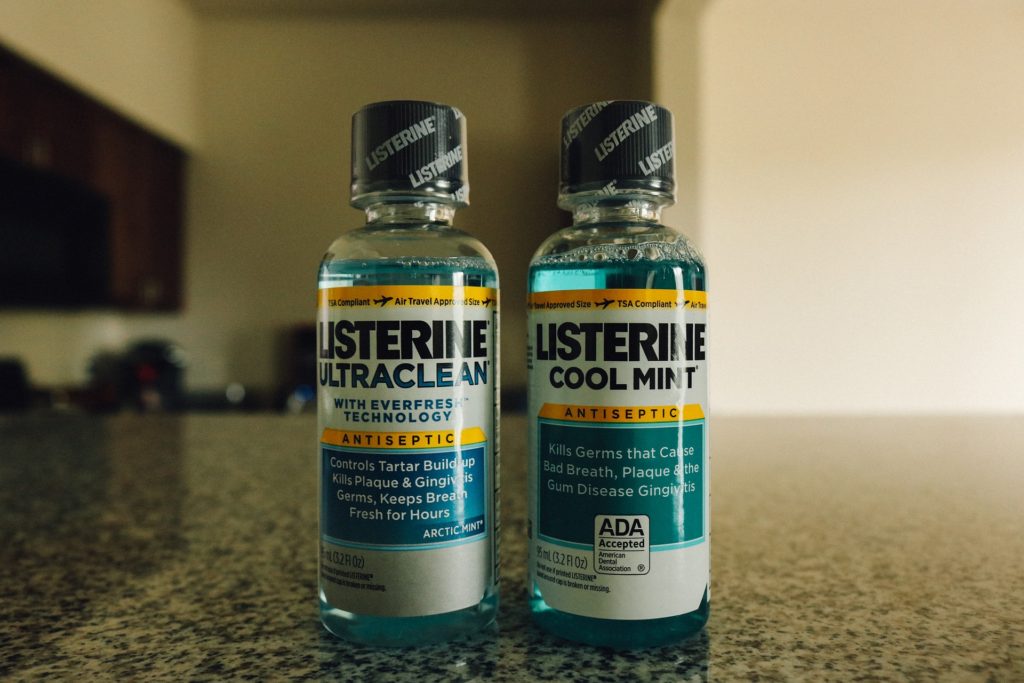Dentist Near Me

We all know the importance of a first impression and its lasting effects on that individual. We value our reputation, and sometimes when we aren’t expecting, a client or friend confronts, we have not seen in a while. The first thing we do smile, say hello, and maybe even notice their smile. Perhaps you and your significant other are taking some much-needed time for yourselves and going out for a night on the town to enjoy a simple dinner and a movie. Inevitably, you will smile, and you’ll to look your best. If we yearn for that perfect smile, there are many options out there available to you, some perhaps at your local dentist’s office to get back to looking our best and achieving this is possible through such procedures as teeth whitening, braces, and brushing and flossing.
For one study, it focused on smiling as it pertains to success and love, looking at when asked the participants responses with the majority agreeing that appearance is an indication of:
- Professional success (68)
- Financial success (64%)
- Trustworthiness (52%)
8 Great Ways to Improve Your Smile
- Whitening your teeth.
- Crowns
- Veneers
- Bonding
- Braces
- Implants
- Brushing and flossing
- Regular dentist visits
It’s clear that through a simple measure of how someone who is being perceived to have a great smile is also looked upon in higher regard, maybe even helping our confidence through an interview or feeling confident when taking that family picture. These are the solution to improving your smile, all that’s left if for you to make that time and enjoy your foolproof way of achieving and improving your smile. The how has now been answered and the when we will take back our smiles and do so with confidence. Below you will find links to some of those, and how to set up an appointment with our office. Finally, in most instances, it is as simple as adding a tooth whitening kit. For more information on these different options available to you, or to schedule your appointment contact our office below.
Annual checkups to our dentist can often provide us with additional options furthering our smile. If we want a foolproof smile, we must take the first step and schedule a visit to our dental office and get routine cleanings.
4320 Genesee Ave.,
Suite 101, San Diego, CA 92117
Phone: (858) 496-7521









 Pneumonia is a common infection of the lungs, usually affecting older adults or those with immunodeficiencies, though anyone can fall ill. However, did you know that going to your dentist can help prevent your risk of pneumonia? While your oral health and your respiratory system are usually thought of as entirely separate, research has shown a curious connection between them.
Pneumonia is a common infection of the lungs, usually affecting older adults or those with immunodeficiencies, though anyone can fall ill. However, did you know that going to your dentist can help prevent your risk of pneumonia? While your oral health and your respiratory system are usually thought of as entirely separate, research has shown a curious connection between them. Tooth decay is the most common chronic disease for children and adolescents. About ¼ of children and more than half of teens currently have this illness. Additionally, the Centers for Disease Control and Prevention (CDC) reports that 90% of adults over age 20 have some amount of tooth-root decay. However, tooth decay is highly preventable. By providing effective dental care during childhood, better long-term oral health may be achieved.
Tooth decay is the most common chronic disease for children and adolescents. About ¼ of children and more than half of teens currently have this illness. Additionally, the Centers for Disease Control and Prevention (CDC) reports that 90% of adults over age 20 have some amount of tooth-root decay. However, tooth decay is highly preventable. By providing effective dental care during childhood, better long-term oral health may be achieved.